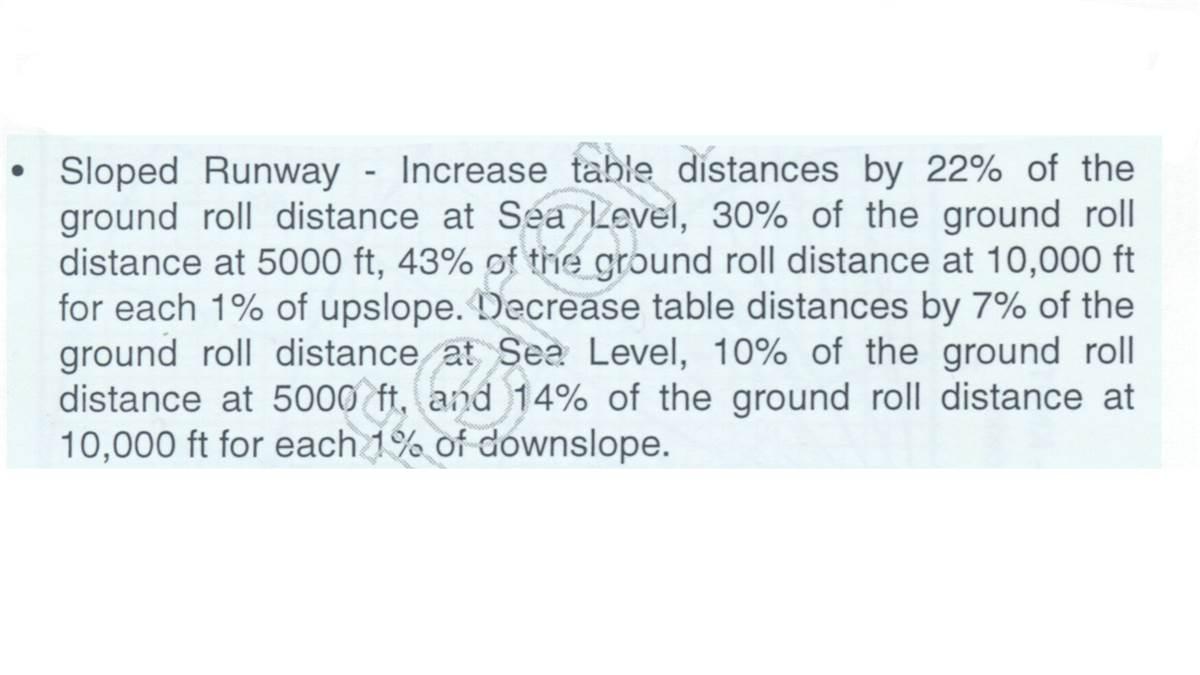
Knowing how to calculate takeoff and landing distances is required for student pilots preparing for FAA tests. Knowing that those numbers are hopelessly optimistic is required for pilot longevity. Your takeoffs are sure to use more pavement than the manufacturer claims, and your landing rolls will be longer, too.
First, the calculation itself. Modern pilot’s operating handbooks are adopting one-page grids (not fever charts) for these calculations, and Cirrus Aircraft makes its chart particularly useful, so we’ll use one from Cirrus for this scenario.
You’ve just flown your Cirrus SR22 to Clearview Airpark (2W2), which is known for selling the cheapest avgas in the region. You top off the tanks and pick up two passengers, so your airplane has a takeoff weight of 3,400 pounds. It’s 70 degrees Fahrenheit, the airport elevation is 800 feet, the altimeter setting is 29.72 inches of mercury, and a light breeze is blowing from the southeast at 6 knots. Do you have enough margin to take off from the notoriously short, 1,840-foot runway?
Lower-than-standard air pressure raises the pressure altitude (the altitude shown when the barometer is set to 29.92) to about 1,000 feet, so that’s handy. Twenty degrees Celsius is almost exactly 70 degrees F, so your ground roll should be 1,176 feet, and you can clear a 50-foot obstacle in 1,813 feet, according to Cirrus.

But there’s more good news. The notes tell you to subtract 10 percent for each 12 knots of headwind, so today’s 6-knot headwind reduces your ground roll 5 percent, or 58 feet. Better yet, the pilot’s operating handbook says to reduce that number 7 percent for each degree of downslope in the runway. Runway 14 has a 2-percent downhill grade, so take away another 156 feet for a total ground roll of 962 feet.
By this calculation, you expect to be airborne at midfield and accelerating skyward. But keep in mind these numbers were generated by Cirrus test pilots flying new airplanes under known conditions. If your flaps aren’t perfectly set, every cylinder isn’t making maximum power, or your technique isn’t perfect, you’ll use more space—maybe a lot more.
Some experienced pilots recommend using the obstacle clearance distance as their anticipated ground roll. Others simply double the book numbers. Using that method, the calculated takeoff run of 962 feet should really be 1,924 feet—and that’s about 84 feet beyond the end of the runway.



